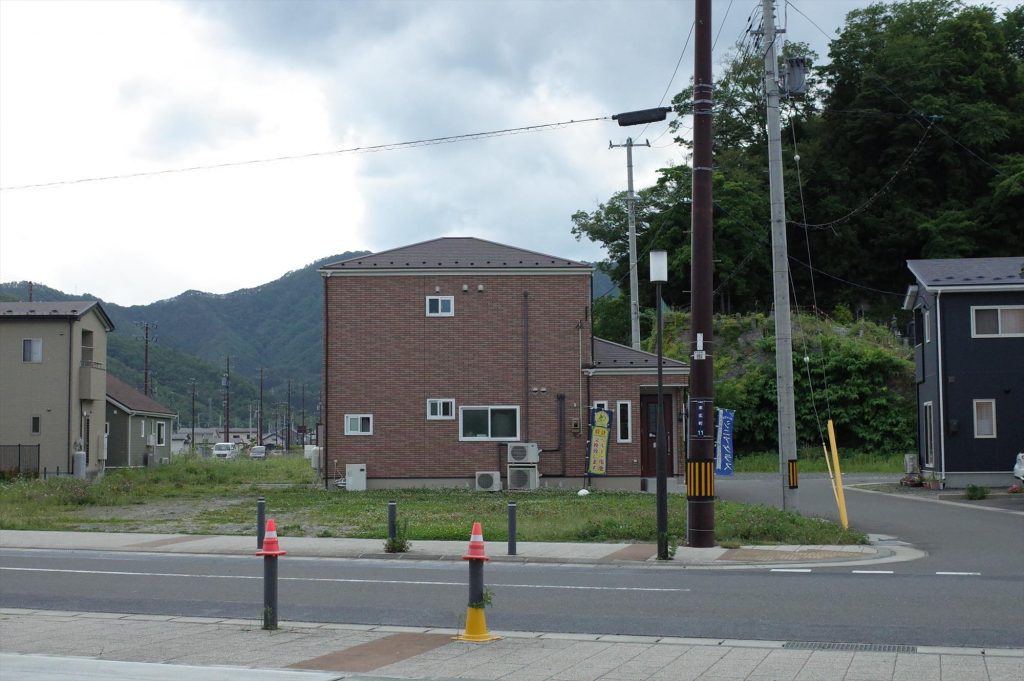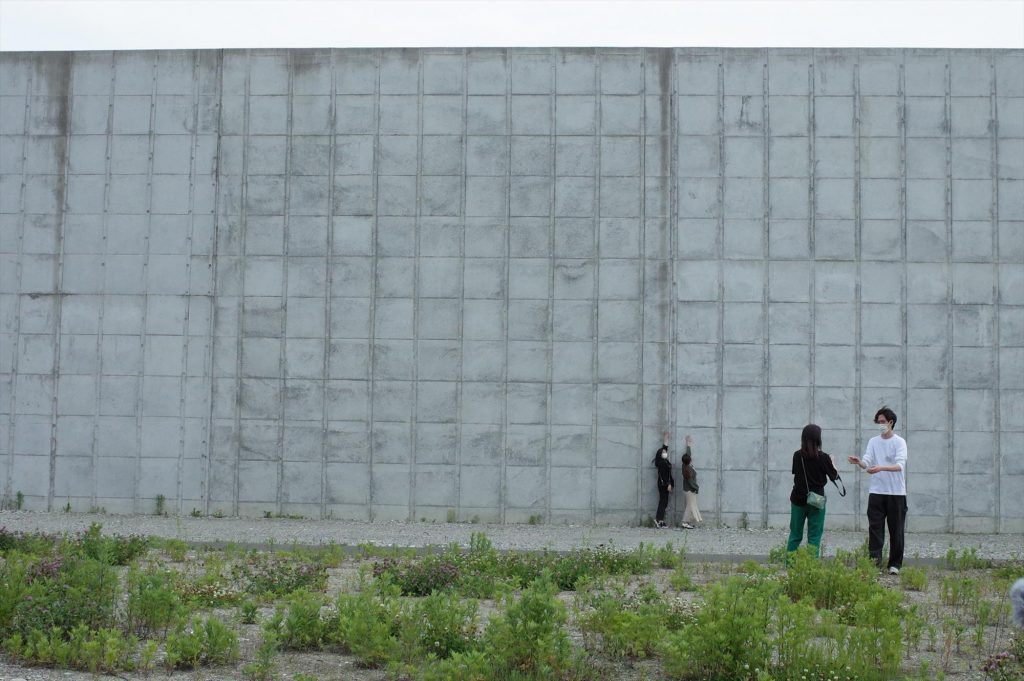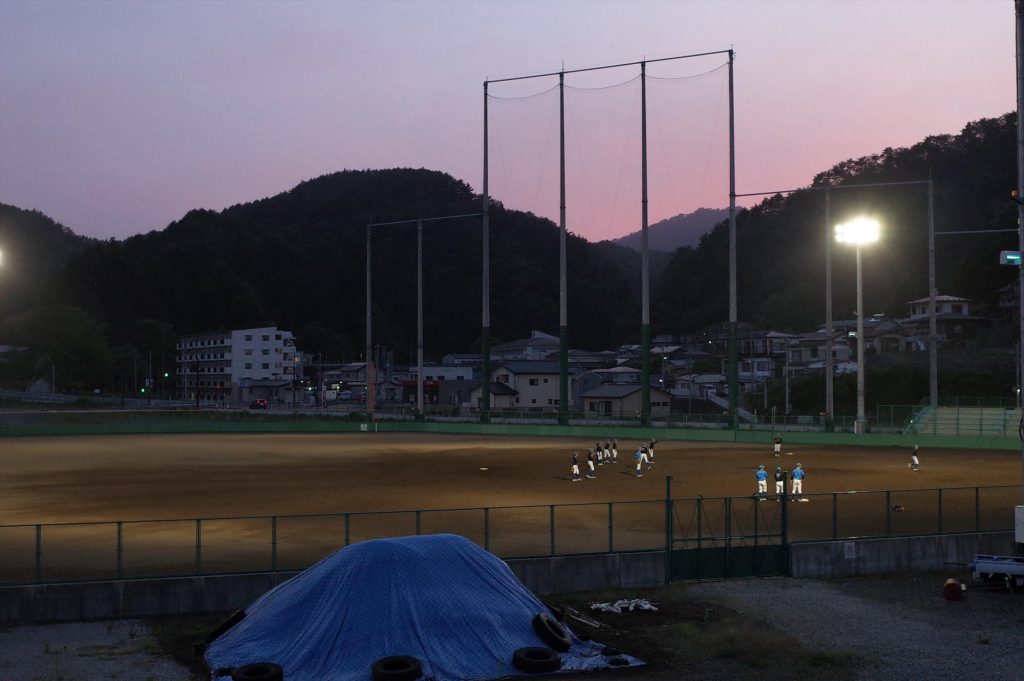20220617
“Homes must be built”
“Homes must be built” — this was a common concern for us all.
I did not expect to feel the words of Wajiro Kon, the initiator of the project, so strongly on this trip.
The landscape of the post-disaster town is mainly created by the houses. It seems to me that the conditions required for such houses are not “how to live.” Most people are focused on this.
However, what is important is “where to live” and “with whom to live.” With whom does not mean the people who live in a single house. It is about what kind of people you will live with as a community. While places with a local character have been damaged by the disaster, physical things have been lost, and only the elderly have the local history, the places that are rebuilding their communities from scratch are showing us the importance of these commonplace.
I once had the opportunity to speak with architectural historian Terunobu Fujimori on the topic of “Conditions for Dwelling.” Mr. Fujimori was talking about life in the Jomon period. He said that in those days, a dwelling was consists of a unit around a fire. Families make a fire with family members. But even back then, there were singles, and in those cases, they make a fire alone. It may seem lonely, but people in these various situations gathered together to form a single village.
I feel this village unit in the post-disaster town of 2022.
From June 10 to 16, 2022, I went on a seven-day research trip to Tohoku. In the first half, we visited Marumori, Rikuzentakata, and Kesennuma with Natsumi Seo and the Keigo Kobayashi Laboratory of Waseda University. In the second half, Natsumi Seo and I visited Miyako, Taro, Noda Village, Fudai Village, Yamada Town, and Otsuchi Town in northern Iwate Prefecture.
In the Sanriku coastal area hit by the Great East Japan Earthquake, 12 years after the disaster, most of the raised land has been built up and housing reconstruction is almost complete. During this trip, I was able to see the landscape created by the houses in each area. In the background, of course, is the history of the land. On the other hand, there are many similarities in the sense that they were all influenced by the national land planning that took place on a nationwide scale in the 1960s and 1970s.
Individual notes will follow.


